When I last came to the Pinehurst area in 2002, no one seemed to consider Mid Pines to be a course worth visiting. That’s changed with the recent restoration (redesign?) by Kyle Franz which, following Coore and Crenshaw’s lead at Pinehurst no. 2, removed the bermuda rough and replaced it with sandy hardpan, pine needles, and tufts of grass/pine saplings. While I can’t compare the current look of Mid Pines to its former, the current version has a classic, pleasing look.
And it plays even better than it looks. While I had heard very good things about the restoration and saw that the course was climbing some of the lists, I wasn’t expecting it to be as good as it is. The property is rolling-to-hilly and the routing makes excellent use of the terrain to create a variety of driving challenges and opportunities. Sometimes you need to curve the ball into slopes, sometimes you need to curve it with them, and sometimes you just need to carry them. The bunkering is not excessive, but you’ll often find one near where you’ll want to land your drive.
This combination of variety in the terrain and routing plus the excellent bunkering make Mid Pines probably the most interesting driving course that I’ve played in the Pinehurst area—although Pine Needles across the street shares a lot of these same virtues (that Donald Ross knew what he was doing). The green complexes aren’t as interesting as no. 2 and I don’t think that the green surface contours are as interesting as Pine Needles, but shapes of the greens and the green side bunkering reinforce the premium on good driving—it’s important to be approaching many of these greens from a certain part of the fairway. That’s part of what makes Mid Pines such a good driving course and, of course, it also makes it an excellent approach shot course.
Number one is the standard Donald Ross opening hole—a medium length par 4 that isn’t too difficult if you don’t get too aggressive. While the fairway isn’t narrow, it narrows at about 225 from the regular tees and there really isn’t much reason to go past that. Don’t start your day playing from the waste area on the left—like I did…twice.
And it plays even better than it looks. While I had heard very good things about the restoration and saw that the course was climbing some of the lists, I wasn’t expecting it to be as good as it is. The property is rolling-to-hilly and the routing makes excellent use of the terrain to create a variety of driving challenges and opportunities. Sometimes you need to curve the ball into slopes, sometimes you need to curve it with them, and sometimes you just need to carry them. The bunkering is not excessive, but you’ll often find one near where you’ll want to land your drive.
This combination of variety in the terrain and routing plus the excellent bunkering make Mid Pines probably the most interesting driving course that I’ve played in the Pinehurst area—although Pine Needles across the street shares a lot of these same virtues (that Donald Ross knew what he was doing). The green complexes aren’t as interesting as no. 2 and I don’t think that the green surface contours are as interesting as Pine Needles, but shapes of the greens and the green side bunkering reinforce the premium on good driving—it’s important to be approaching many of these greens from a certain part of the fairway. That’s part of what makes Mid Pines such a good driving course and, of course, it also makes it an excellent approach shot course.
Number one is the standard Donald Ross opening hole—a medium length par 4 that isn’t too difficult if you don’t get too aggressive. While the fairway isn’t narrow, it narrows at about 225 from the regular tees and there really isn’t much reason to go past that. Don’t start your day playing from the waste area on the left—like I did…twice.
The second is a lovely medium-long par 3 over a pond. There’s a bit more room up there than it looks, but it’s important to keep the ball short of the hole; the green is pretty steep from back to front.
The long par 4 third is probably the weakest hole on the course because the fairway goes through a low-lying, swampy area. The approach to the green is open, but flanking front left and right bunkers demand accuracy.
Mid Pines really gets going at the fourth, which is one of the best short par 4s that I’ve seen. If you’re paying attention, you can figure out what you need to do from the tee: the green has a bunker at its front right and appears to angle from front-left to back-right along it. Its left side is open, so you should try to drive up the left side. This turns out to be more important than you might realize because the green is also very narrow and there’s a bunker in the back left. Moreover, there’s a tree in the right side of the fairway and it’ll mess with your approach if you drive it too far. In short, if you hit a good drive up the left, you can be aggressive. If you drive it up the right, you should play to the front left of the green.
The par 5 fifth shouldn’t be too difficult…unless you hit a bad drive. If you do, carrying the pond on the second might be a challenge and the fairway to its right is not that wide. But if you hit a good drive (which you should aim over the edge of the right fairway bunker), you should have a good shot at the green in two.
The sixth is another fairly short par 5. As at the fifth, aim you drive over the left edge of the right fairway bunker, which shouldn’t come into play. The fairway is quite wide, so bomb away. You’ll need to have to go for the green in two because it’s fronted by a deep bunker and you’ll have to carry it on. There, however, is an opening in the front right and if you lay up, it’s important to do it out to the right so that you can play into this open aspect of the green.
The medium-length par 4 seventh is one of my favorite holes at Mid Pines. Like at the fourth, looking at the green and its surroundings tells you what’s better and worse off the tee. Again, it’s open at the front left. But go too far either left or right off the tee and trees come into play. So left-center is good—and there’s a bunker right there, a few yards away.
This was also one of my favorite greens at Mid Pines. It has probably the most interesting interior contours and the slopes at the right and back are reminiscent of no. 2.
After an attractive downhill par 3 where going long leaves you in the only spot in the Pinehurst area that might be worse than over the back of the eighth green on no. 2, we come to a short, dogleg right par 4. Some people might find it awkward, but I like it. Some will be tempted to cut the dogleg, but that’s a fairly stupid thing to try to do. What you want to do is get your drive as far out to the corner of the dogleg as you can, just short of the fairway bunker through it. This will give you the best angle to a small, well-defended green.
The par 5 tenth requires a 240-260 yard drive to reach the top of the hill and you’ll need to be reasonably accurate because there are fairway bunkers on both side. The landing area for the lay up is generous and right of center is probably best, but placement isn’t that important. The main feature on the green is a false front.
I like the downhill short par 3 eleventh, which is very attractive and has some of the course’s best green contours.
The medium length, dogleg left par 4 twelfth is one of the course’s best holes. The fairway slopes right-to-left and there’s a bunker in the corner of the dogleg. While you can’t really see the green, what you can see from the tee suggests that you should try to drive up the left side. This is more important than you might realize—I don’t think that I’ve ever seen a green where the angle on your approach is as important as this one. It angles from front-left to back-right and is very narrow.
Of all of the pictures that I’ve taken, I failed to get one of this approach shot, but you can see the narrowness of the green and the lip of the front-right bunker guarding an approach from the right side of the fairway in this shot from behind the green.
The thirteenth is an excellent example of a type of hole that I love—a long par 3 where you can run the ball onto the green. That’s important here because this one is about 225 yards. Keep your shot up the right and it’ll feed left into the middle of the green.
The medium-short par 4 fourteenth is a great example of using the slope of the ground and some simple design elements to make a hole interesting. The entire fairway slopes left to right and the green is deep, but narrow, with bunkers on both sides. An approach from the left side of the fairway plays into its deepest aspect. If you hit a weak drive out to the right, you have to play over the right green side bunkers into a narrower aspect of the green and you might have tree trouble. It’s a great example of how even though there aren’t a lot of driving hazards, good driving is still very important on this course.
While you wanted to work your drive into the slope on fourteen, you want to work with it on the par 5 fifteenth. This hole plays in the opposite direction next to number fourteen, so now the fairway slopes right-to-left. The key element here is the bunker on the hill, just right of the fairway. If you carry this, your ball will kick forward and you’ll have a good shot at the green in two. Past this, the fairway slopes as much forward as right-to-left. But in line with or short of the bunker, the pitch is just right-to-left, so your drive just kicks left rather than forward and left.
The long, dogleg left par 4 sixteenth is probably the toughest hole on the course. It’s tough to carry the bunker on the left unless you’re a very long hitter. But otherwise, you’ll want to skirt its edge or hit a draw because it’s important to leave your drive in the left side of the fairway. The green is fairly small, elevated, and well-defended by bunkers—you don’t want to be hitting into it with a long iron. And if you don’t hit a long drive up the left, that’s what you’ll have.
The seventeenth is, along with seven and twelve, part of set of excellent medium-length par 4s. This one bends left-to-right, with the primary driving hazard on the right. You should be able to carry this and it’s important to keep your drive up the right side because you can run out of room on the left. A fade is very helpful here. The green opens from the right side but more important, slopes pretty good from left to right. So a drive up the right side will play into the primary slope. Unless you can control your spin, it’s easy for a shot from the left side of the fairway to slide away and miss the green right.
The long par 4 finisher is simply excellent. You drive downhill and the fairway turns left. Unless you hug the left tree line or hit a draw, your uphill approach will be quite long. But it’s also better for your ball to end up center or right-center because the green is protected by a bunker front left. The green site, with the 100 year old hotel in the background, must be one of the game’s most elegant.
The feeling that I had while finishing up my first round at Mid Pines was “perhaps more than any other course that I’ve played, this is where’d I’d like to be a member and play all my golf.” It’s the perfect member’s course; it’s walkable, there are several shorter loops of holes that you could play (like 1-6-17-18 or 1-6-7-12-17-18), and it’s an excellent test for a good golfer while still being playable for everyone. This last point is particularly important; this course might strike the best balance of being challenging for good golfers and playable for higher handicap golfers than any other that I’ve seen. It’s not as difficult as no. 2, but it would still be a good challenge to all short of the pros. Overall, it’s close between Mid Pines and Pine Needles, but I preferred Mid Pines to Pinehurst no. 4. I’d imagine that there’s a strong argument for Mid Pines being the second-best course in the area, although I haven’t played Dormie Club or the Forest Creek courses.
N.B.: if it’s likely to be cold and wet when you go, stay in the rustic Mid Pines hotel. While most would agree that it could use a bit of a freshening (but I liked the uneven, creaky steps—gives the place character), the rooms are equipped with some of the best radiators that I’ve ever seen. I was able to dry several loads of soaked clothes, including a winter jacket, in a few hours.
N.B.: if it’s likely to be cold and wet when you go, stay in the rustic Mid Pines hotel. While most would agree that it could use a bit of a freshening (but I liked the uneven, creaky steps—gives the place character), the rooms are equipped with some of the best radiators that I’ve ever seen. I was able to dry several loads of soaked clothes, including a winter jacket, in a few hours.


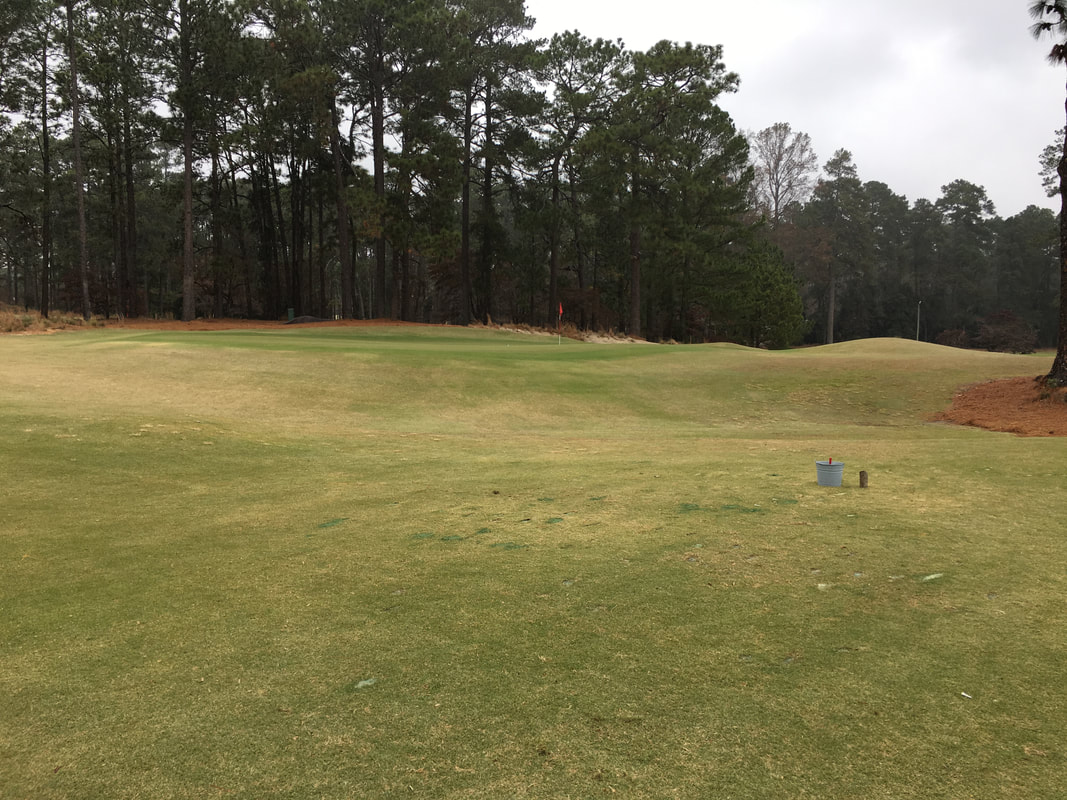








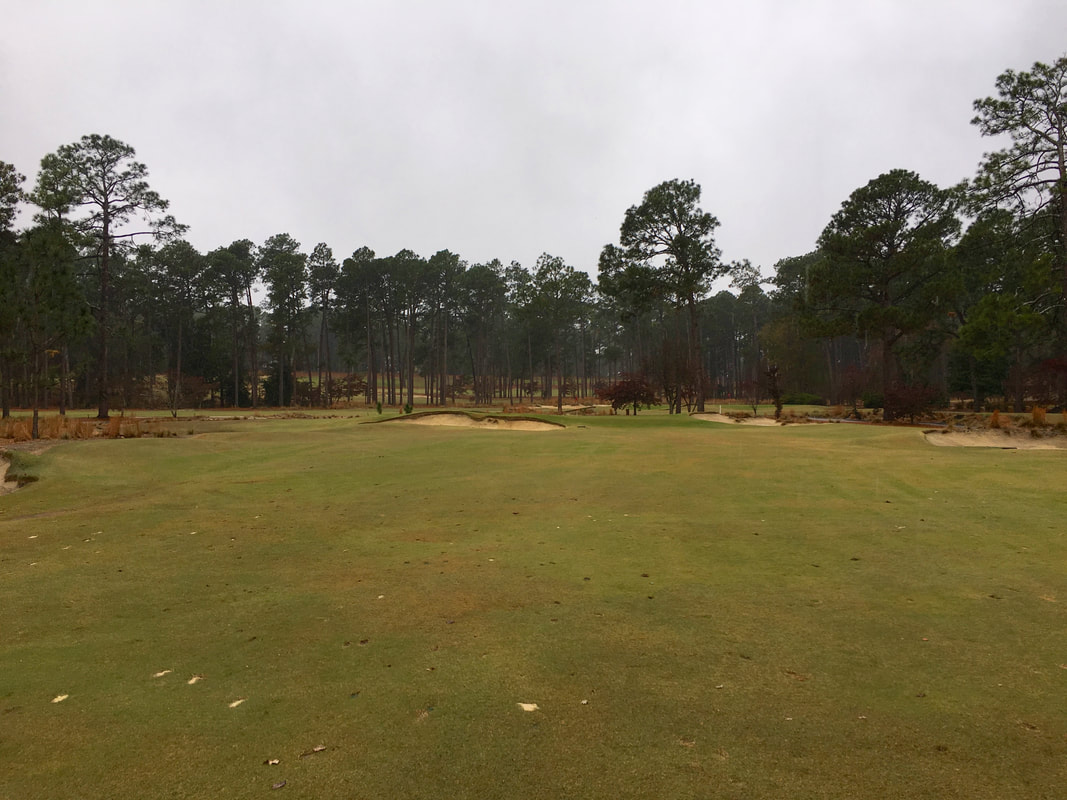




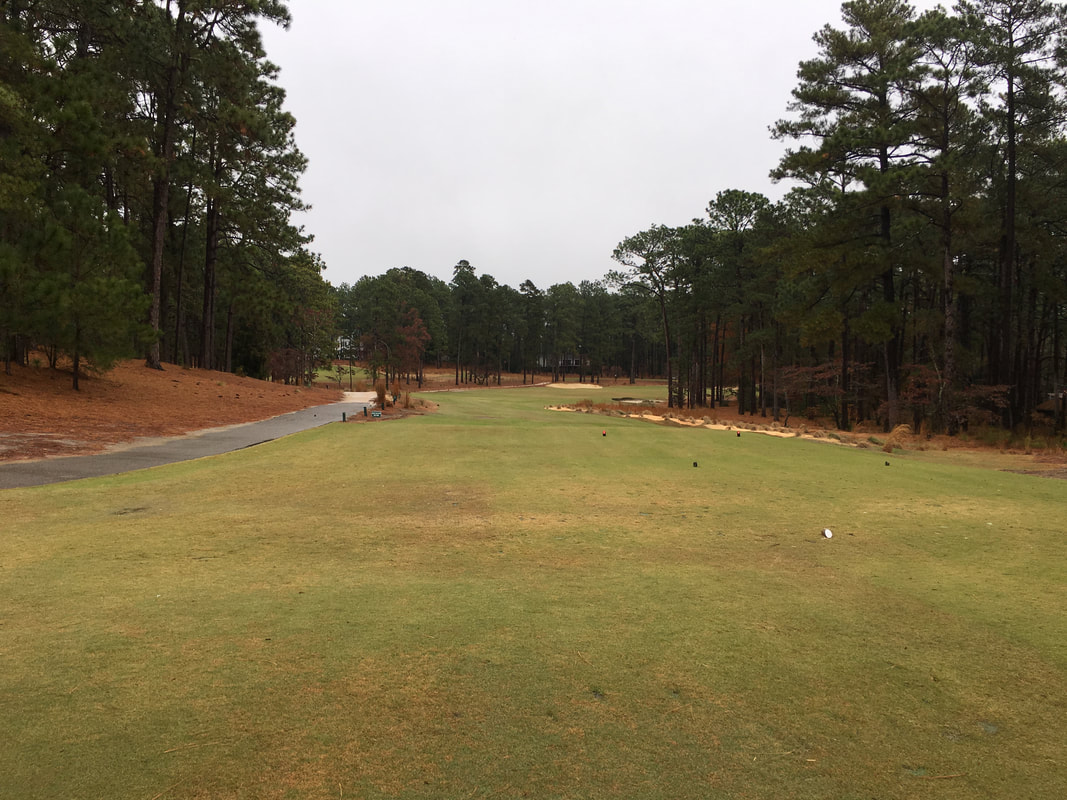

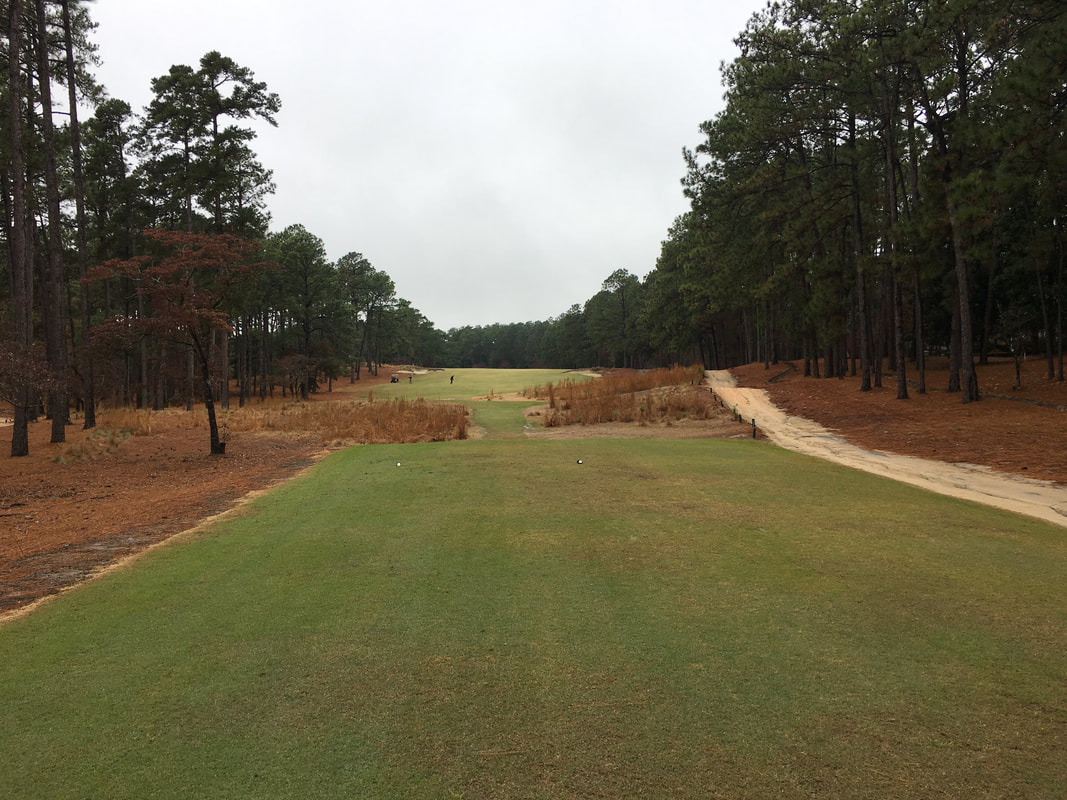





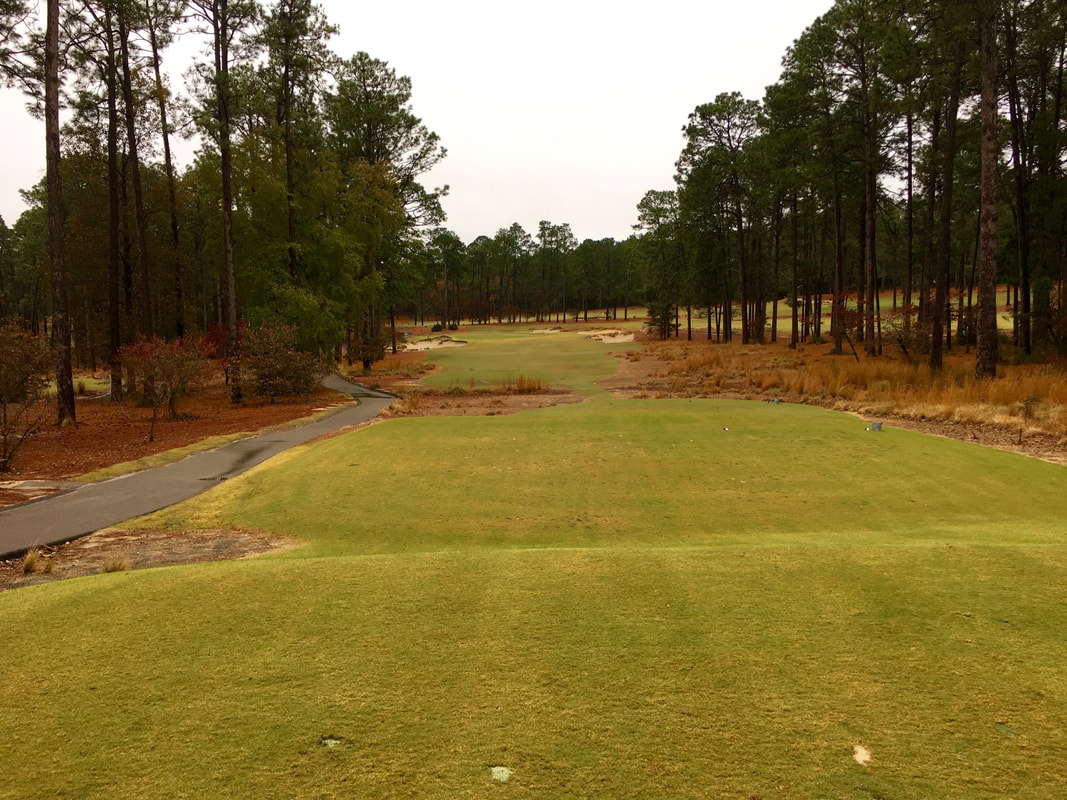


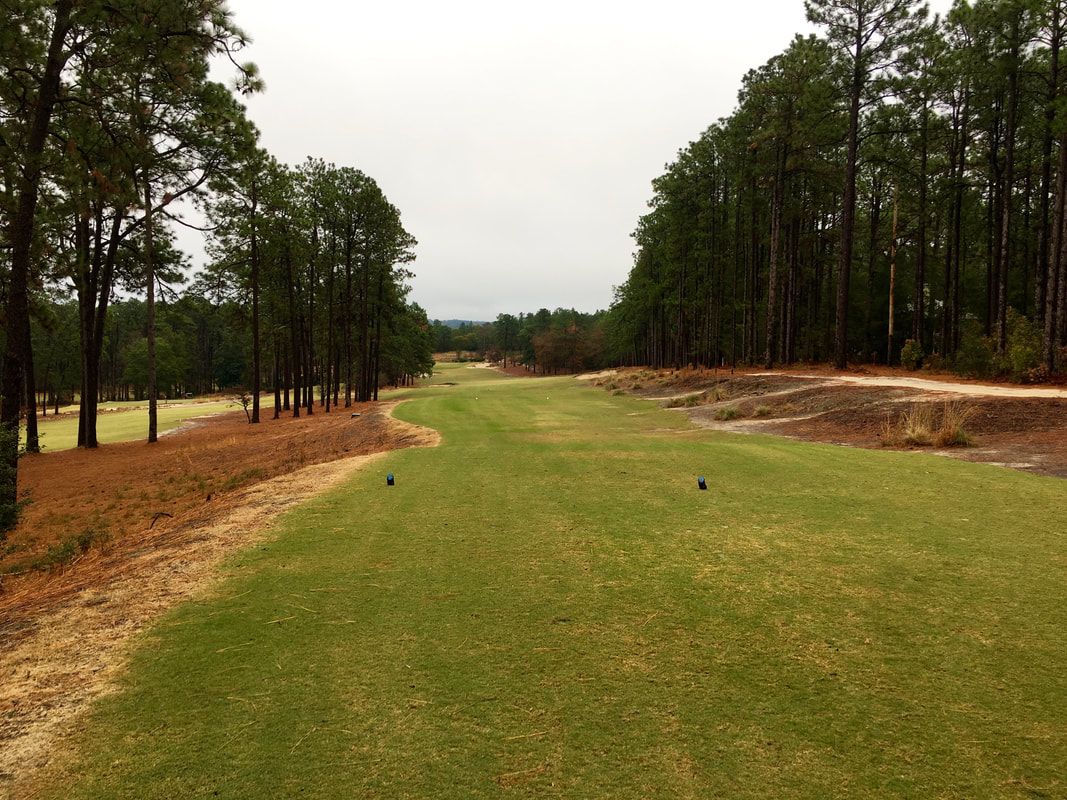





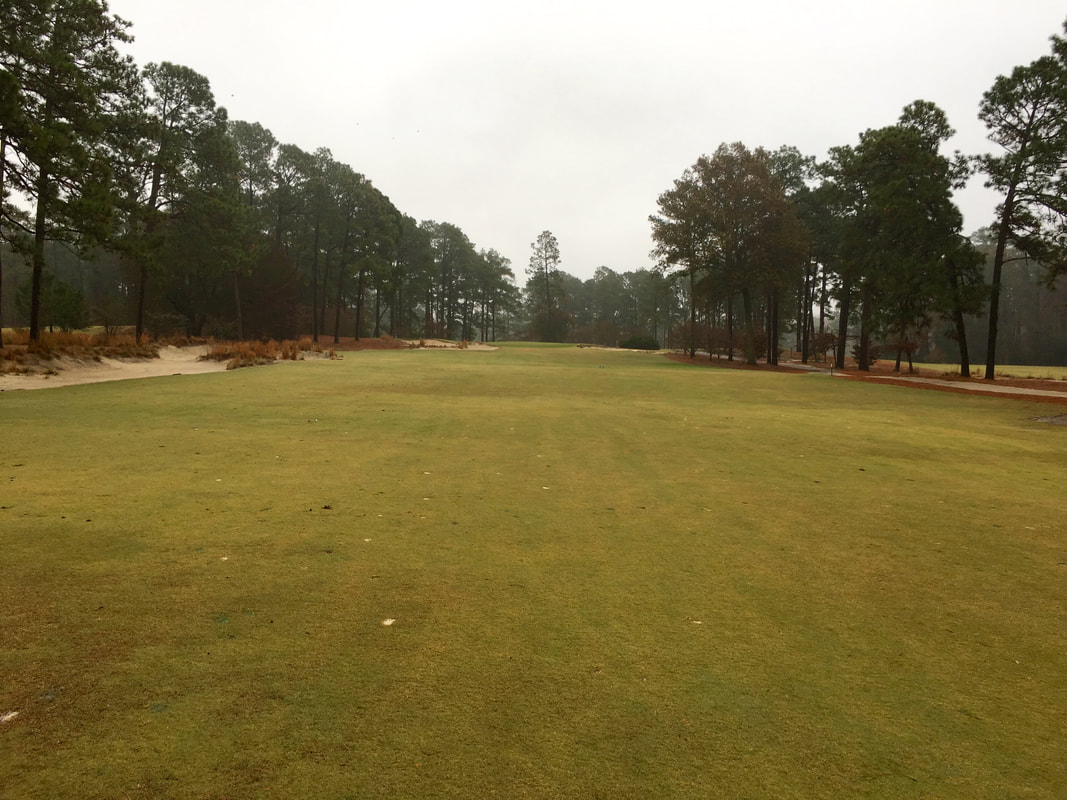
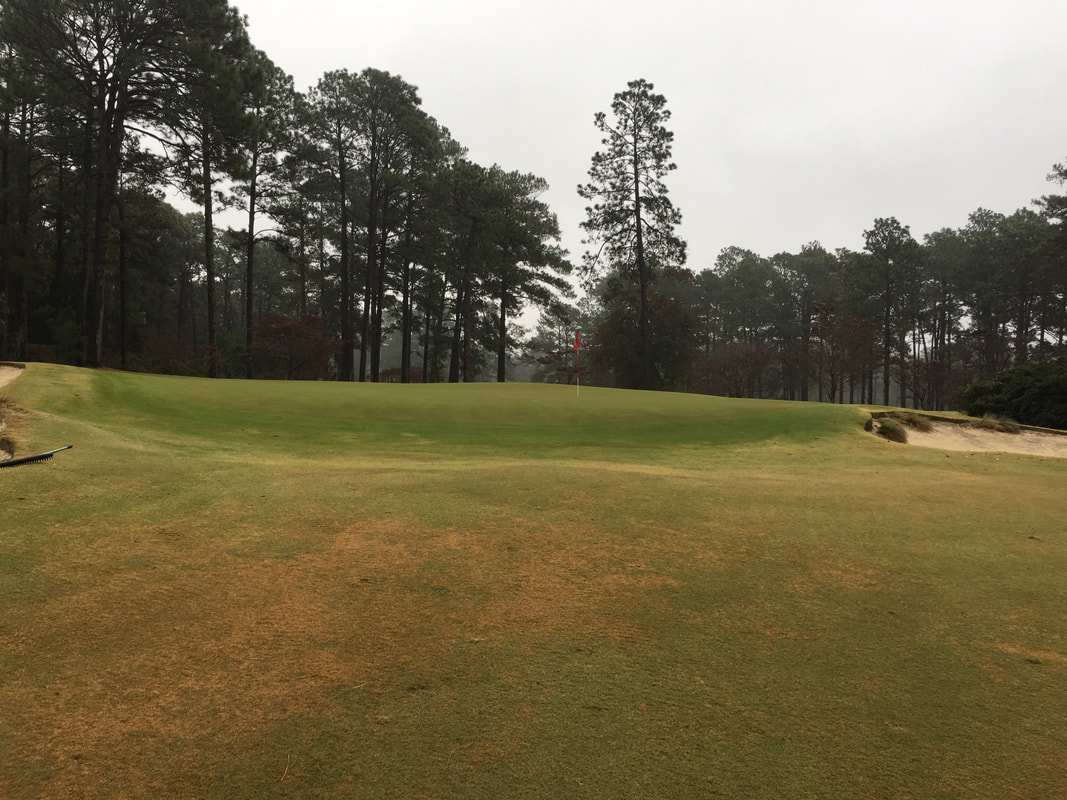


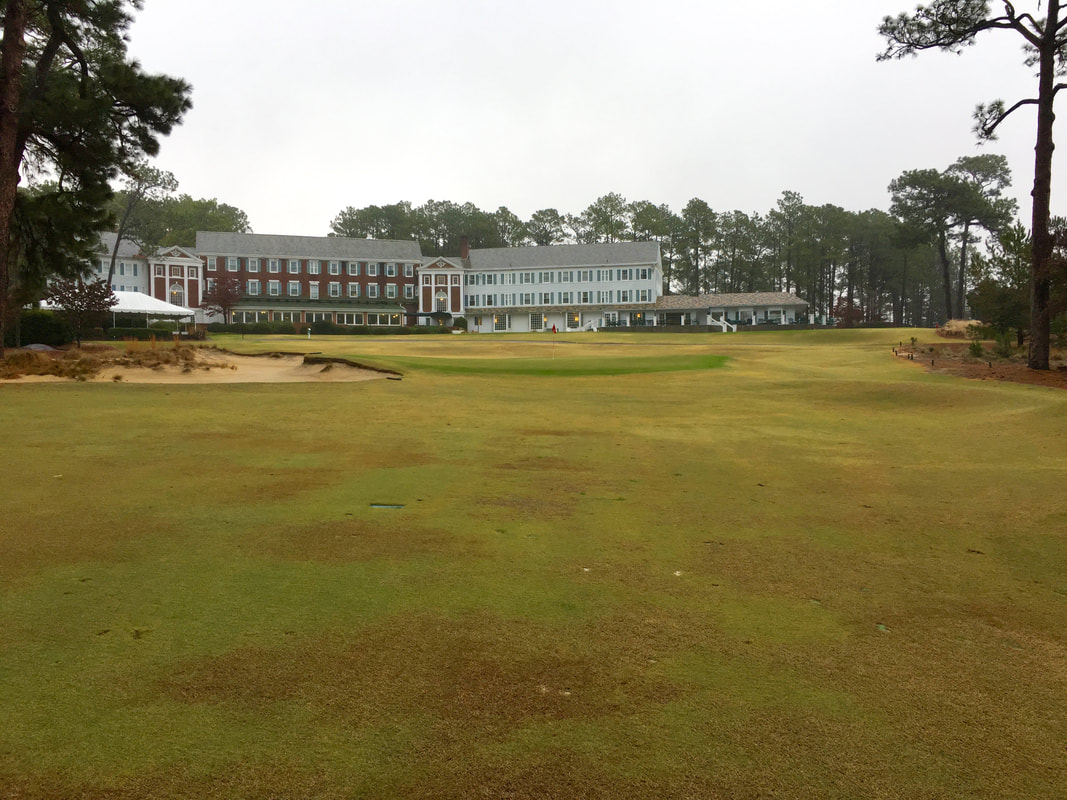
 RSS Feed
RSS Feed